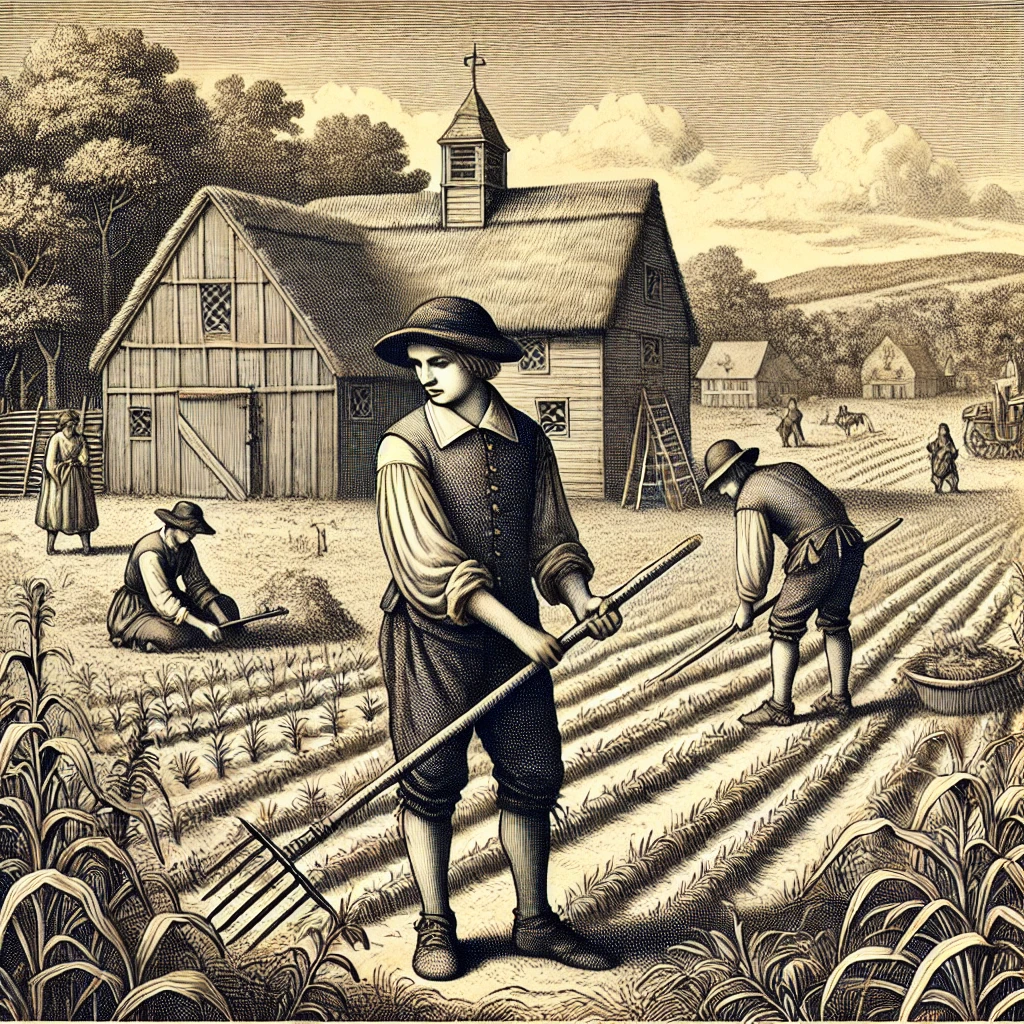Introduction to Indentured Servitude
During the Great Migration, thousands of English immigrants arrived in America, with roughly 80% coming as indentured servants. This system was born out of economic need: the cost of travel to America was prohibitive, so many English men and women signed contracts agreeing to labor in exchange for passage, shelter, and the hope of land and freedom. While some became landowners, others endured hardship, exploitation, and even involuntary servitude.
Primary Sources of Indentured Servant Records
- Colonial Court Records: Local records in colonies like Virginia and Massachusetts document contracts, disputes, and petitions involving indentured servants.
- Ship Passenger Lists: Compilations like The Complete Book of Emigrants provide insights into names, ages, and contracts of passengers.
- Early Colonial Newspapers: Early publications featured notices for runaway servants and contractual details. The Readex Early American Newspapers collection includes these records.
- Indenture Contracts: Archives, including the Maryland State Archives and the National Archives’ American Colonies collection, hold original or transcribed contracts outlining terms and sponsors.
Secondary Sources and Scholarly Analyses
- Books on Colonial Servitude: Works like Bound Over and White Cargo analyze the social, economic, and moral aspects of servitude in colonial America.
- Historical Journals: Publications like The William and Mary Quarterly provide in-depth studies on the economic and social conditions of indentured servitude.
- Digital Collections and Databases: JSTOR, Project MUSE, and the Library of Congress’s American Memory project offer articles, records, and scanned documents on colonial life.
- Genealogical Collections: Platforms like Ancestry and FindMyPast contain lists and records of early American colonists, including indentured servants.
Types of Indentured Servitude
- Voluntary Servitude: Many signed contracts in English port cities, agreeing to serve a set term, usually between four and seven years, in exchange for freedom dues like land or money.
- Involuntary Servitude and Kidnapping (Spiriting): Some, however, fell victim to spiriting—kidnapped to meet the colonial labor demand. This practice, fueled by profit, introduced the term “kidnapping” into English.

Economic Drivers and Colonial Demand
The indenture system served a dual purpose: providing labour for cash crops like tobacco and sugar, and a pathway for poor Englishmen to migrate. Skilled labourers commanded shorter terms, but most indentured servants were agricultural workers with little bargaining power. The system often mirrored an “industry,” balancing agents’ profits with colonial labour needs.

Case Study: Elizabeth Sprigs.
Elizabeth Sprigs, was a young woman transported from London to Maryland in 1756.
Elizabeth Sprigs’ experience highlights the difficulties endured by many indentured servants, especially those working on plantations. In her letter to her father, she describes the gruelling physical labour, poor living conditions, and emotional isolation she suffered. Elizabeth mentions working “bare-backed” and “barefooted,” a vivid depiction of her impoverished and degraded state. She implores her father for any help he can provide, though ultimately, her letter underscores her resignation to her fate.
Elizabeth’s story sheds light on:
- The Brutal Labour: Plantation work often entailed back-breaking tasks in extreme weather, particularly for female servants who lacked the rights or autonomy to refuse harsh assignments.
- Social Isolation: Unlike servants who worked in more urban or domestic settings, Elizabeth was isolated on a rural plantation with little support, cut off from her family.
- Unmet Expectations: While many indentured servants hoped for eventual land or economic freedom, Elizabeth’s plea illustrates how servants, especially those bound by coercive contracts, often saw little of these rewards.
Her account is both a personal lament and a testament to the resilience of indentured servants who struggled for survival and dignity in the harsh colonial system.


Leave a Reply